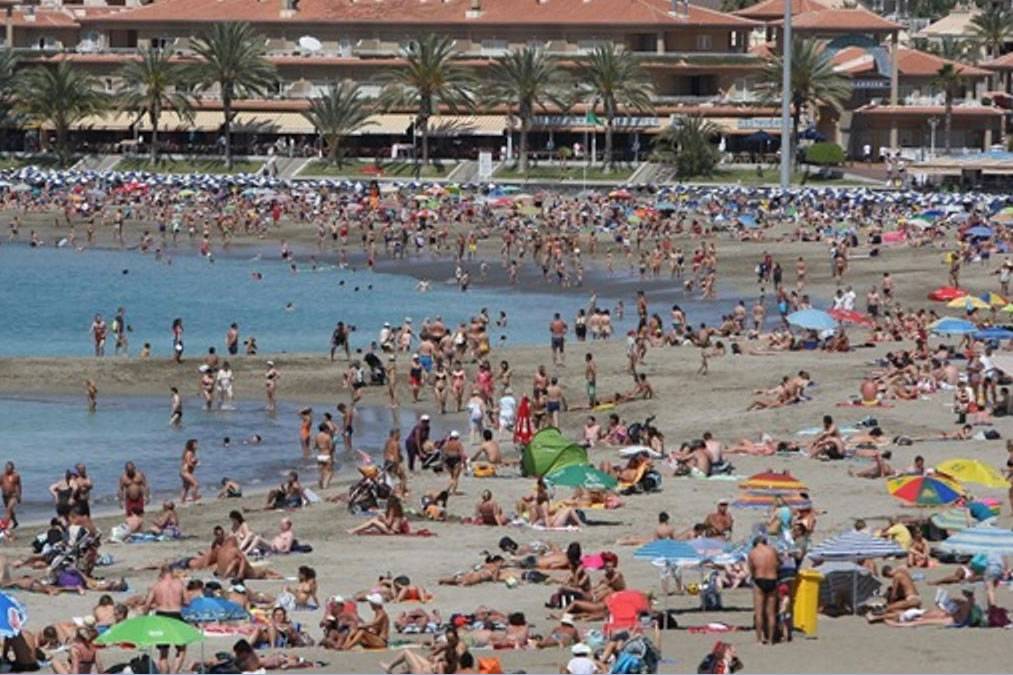Record tourist numbers in the Canary Islands for June
- 03-08-2024
- Business
- Canarian Weekly
- Photo Credit: CW
The Canary Islands experienced a surge in tourist arrivals in June 2024, with a total of 1,257,228 visitors, an 8.86% increase compared to June 2023. This growth is part of a broader trend for the region, which welcomed 7.5 million visitors in the first six months of the year, a 10.6% rise from the same period last year.
The Canary Islands emerged as the second most popular tourist destination in Spain for the first half of 2024, trailing only Catalonia, which received 9.1 million visitors, a 12.4% increase. In June alone, international arrivals in the Canary Islands rose by 10.3%, with total tourist expenditure reaching 1.43 billion euros.
Across Spain, the first half of 2024 saw a record 42.5 million foreign tourists, a 13.3% increase compared to the same period in 2023, accompanied by a record expenditure of 55.57 billion euros, up 20.6%, according to the National Statistics Institute (INE).
In June, Spain welcomed 9.31 million international tourists, a 12.1% year-on-year increase, with spending reaching 12.37 billion euros, a 16.6% rise. The Balearic Islands were the top destination, accounting for 23.6% of tourists (a 6.7% increase), followed by Catalonia (21.5% of tourists, a 10.1% increase) and Andalusia (14.7%, an 18.2% increase).
In terms of tourist numbers for the first six months, Catalonia led with 9.1 million visitors (a 12.4% increase), followed by the Canary Islands with 7.5 million (a 10.6% increase), and Andalusia with 6.3 million (a 14% increase). Madrid showed the highest growth rate with a 20.4% increase in arrivals compared to the same period in 2023.
Detailed data from the Canary Islands Statistics Institute revealed that of the 1,257,228 tourists in June, 1,080,561 were foreign nationals (a 10.42% increase) and 176,667 were domestic visitors from other regions of Spain (a 0.21% increase). Tenerife was the most visited island with 522,461 tourists, followed by Gran Canaria with 290,642 visitors.
Nationwide, the UK remained the leading source of tourists, with over 8.5 million arrivals from January to June. In June alone, the UK contributed 2.1 million tourists (an 8.8% increase) with an expenditure of 2.49 billion euros. Germany followed with 1.1 million tourists (a 1.8% decrease), and France with one million visitors (an 11.7% increase).
The largest increases in tourist arrivals in June were observed from the Netherlands (a 22.7% increase), Italy, and Portugal (both with a 19.8% increase).
Spain is on track to set new tourism records this year, following the historic high of 85.1 million international tourists in 2023, who spent more than 108 billion euros in the country.
Other articles that may interest you...
Trending
Most Read Articles
1.
Featured Videos
A Vision of Elvis Tenerife Promo
- 10-05-2025
TEAs 2025 Highlights
- 17-11-2025



























































